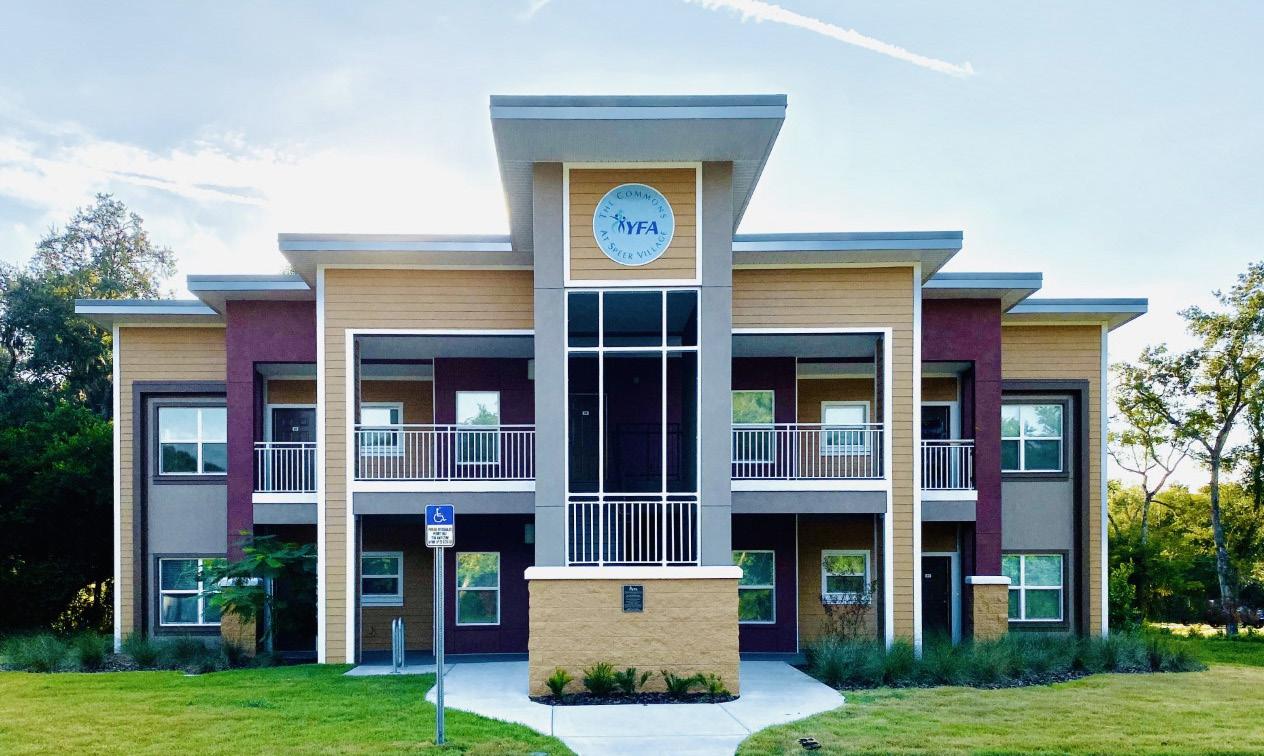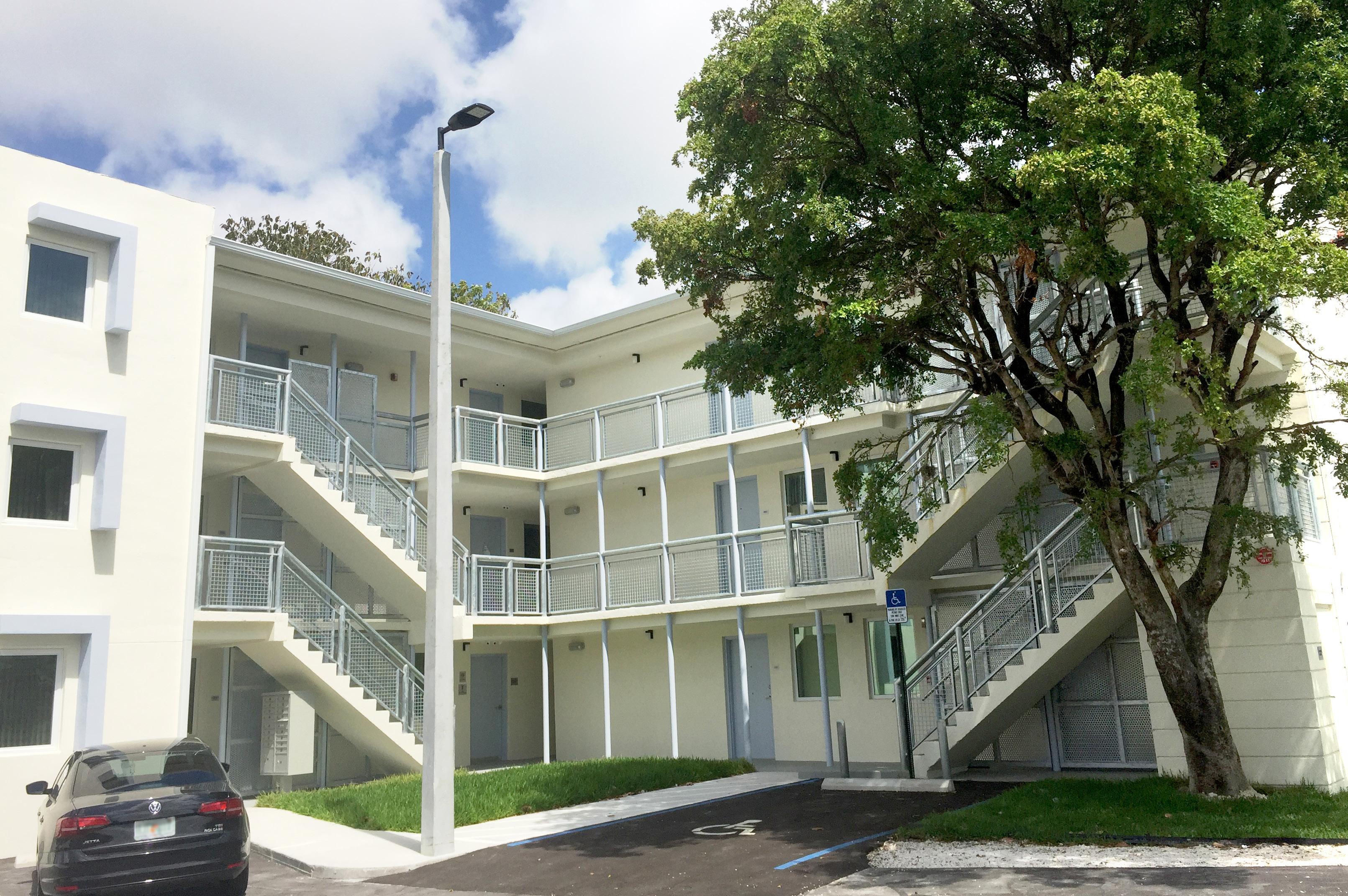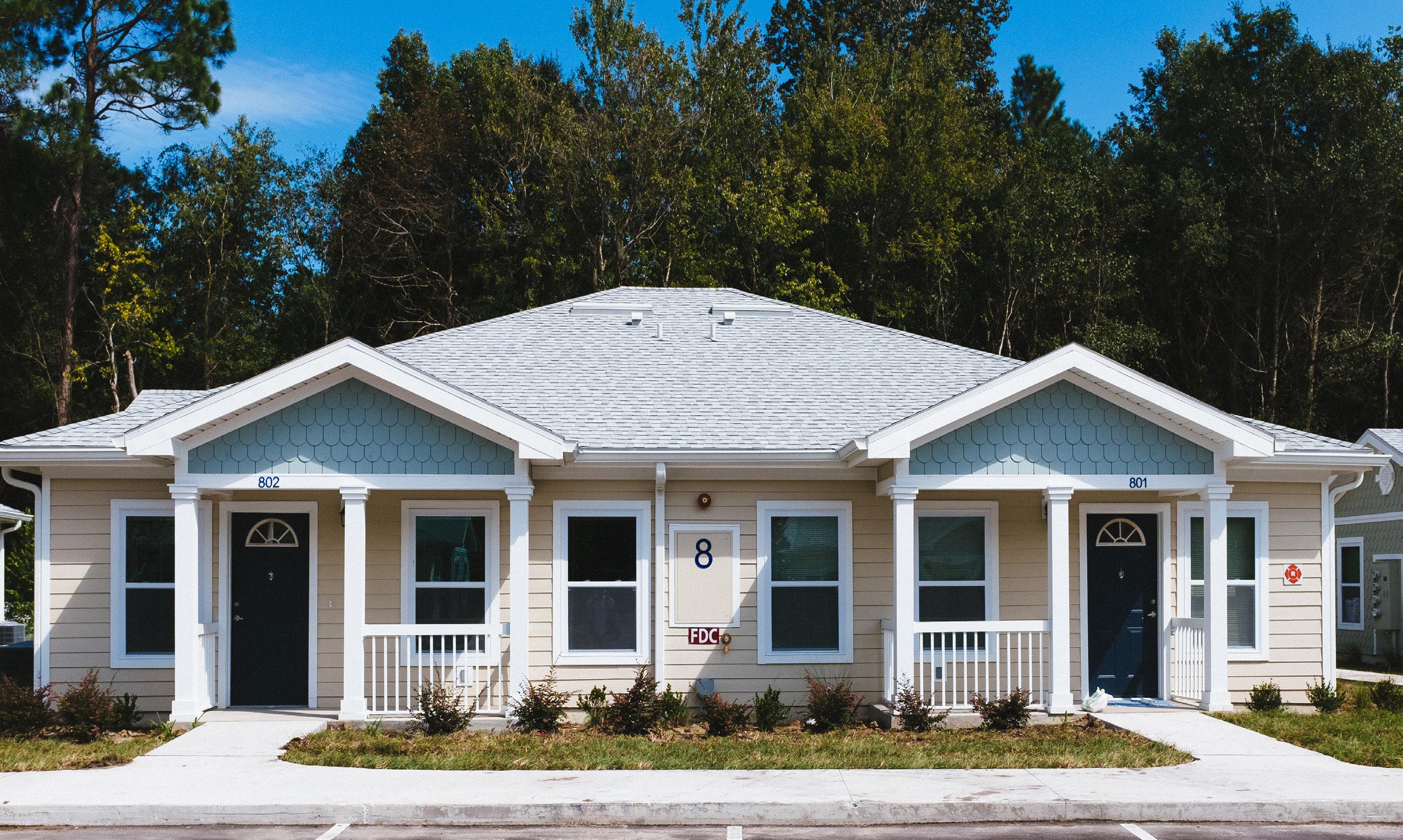
6 minute read
Summary of Findings
The three sites in this Florida pilot showed overall savings in community-provided services, some substantial, even after the cost of housing and supports provided to residents was included in our analysis.
•Supportive housing for persons experiencing chronic homelessness with high needs can save local and state governments money. The Florida study certainly shows that health care was both the costliest of public systems and the most likely to see savings through this pilot. For savings to be achieved when the objective is to serve high utilizers of public systems, it is critical that programs use effective targeting methods for resident selection, such as data matching and good screening tools, to verify high system use. •Moving into permanent supportive housing reduces interaction with the criminal justice system, reducing costs borne by both local and state governments along with attendant costs to move someone through the judicial process. Fewer people in the justice system not only increases the quality of life for those individuals, the community’s quality of life is also positively impacted. Emergency shelter and homeless shelter costs, which are funded by all levels of government, are also decreased. •Resident stability in housing usually decreases supportive service costs over time. While initial costs to assist a new resident with tenancy supports and service coordination may be high, most studies find that as a resident stabilizes in their home, coordination costs and even services costs usually decrease. Even if a resident continues to need services such as behavioral health care, these costs typically are lower than the crisis services often incurred before housing was obtained. •Permanent supportive housing is successful in helping persons experiencing chronic homelessness with high needs achieve and sustain housing stability. In the Florida pilot, these residents were more likely to increase their incomes, obtain health insurance, and show greater satisfaction with their quality of life. •Most pilot residents who had formerly experienced chronic homelessness successfully retained their housing. All three pilots showed excellent housing retention during the two-year study period, with between 77 and 87 percent of residents remaining housed.
The results of the state pilot show that this approach can save money and create strong opportunities for persons experiencing chronic homelessness to succeed in supportive housing. However, Florida does not yet have a robust, integrated housing and services framework in which to promote such programs. When Florida Housing initially sought proposals to fund this pilot, we hoped to fund proposals that showed how well-developed local and regional housing and services partnerships could bring the knowledge, experience and funding to their local pilots. Florida Housing understood that each pilot and its sponsoring organization would need this capacity in order to adapt and forge more sophisticated approaches to successfully serve persons with high needs experiencing chronic homelessness.
Our interviews with pilot leaders both during and after the pilots were completed revealed that pilot successes were based on partnerships heavily reliant on housing providers’ own, very specific relationships with local service providers rather than because of systemic housing and services integration. Most often, it was the housing provider in the pilot fostering success and finding opportunities with individual service providers where it could.
While many service providers and funders appear to understand the importance of a home to their consumers’ stability, few see their role as developing integrated partnerships with housing providers to support their consumers once in permanent housing. Services offered through both Medicaid and DCF now include housing coordination and tenancy supports; however, guidance documents on housing coordination do not frame coordination activities as part of a broader, integrated system. Services are provided, but any partnership is often reliant on individuals at agencies developing relationships to work together rather than on a formalized state infrastructure that requires providers to work together.
Florida Housing found that the formal partnerships needed to successfully replicate these pilots are currently limited and fragmented. Partnerships generally are not well established and are not consistent in terms of providers, commitments, funding, roles and responsibilities. Access to funding is not aligned and is often unavailable except on a provisional basis, particularly to pay for what all three pilots said was the glue that held their support framework together – highly trained and qualified on-site Resident Services Coordinators with small caseloads.
Limited funding opportunities from federal and state programs exist for this type of staffing. The federal Emergency Solutions Grant can fund housing relocation and stabilization services, and federal CoC funding covers similar supportive services activities. However, federal and state policy drives CoCs to prioritize this funding first and foremost to get people experiencing homelessness into housing, and less to support stability once a person is housed. Based on the results of this pilot, Florida Housing believes that success in housing – creating stability and retention – requires a balanced approach of funding access to housing (for development and operations) as well as services and supports to foster long-term housing stability for individuals with acute service needs. As a result, all three pilots made varying levels of progress acquiring services funding, and their models reflected the funding each pilot was able to access. Each of them obtained short-term funding that either requires annual renewal or was available one time for their use. One pilot relied on a private sector grant to support its work.
This study made it apparent that Florida does not have the connectivity between housing and services funding that would ease the burden of housing providers working to serve individuals with the highest needs. Joint housing stability and services coordination activities are neither a broadly accepted part of the services continuum of funding in this state, nor are practices consistent when implemented by housing and services providers. Managing Entities and behavioral health care providers report a need for additional funding to pay for more coordination of care services than are currently funded. Hopefully the results of this pilot can assist Managing Entities and Managed Care Plans in developing consistent practices for services to support persons experiencing chronic homelessness to live stably in supportive housing.
Operating assistance for housing to serve residents with extremely limited incomes is also difficult to obtain. Both the Duval and Miami-Dade pilots obtained funding from two sources to fund rental assistance for this purpose. One of those sources, CoC funding, aligned with the pilot requirement to serve persons experiencing chronic homelessness. Future projects that wish to serve nonhomeless populations will require a different dedicated source of operating support.
In the Pinellas pilot, Catholic Charities paid for most of the housing costs itself. One-year housing costs reported at that property, including the small amount of rents paid and all additional costs paid directly by Catholic Charities, totaled approximately $3,000 per unit, less than half of the housing costs reported by the other two pilots. In Florida Housing’s portfolio management experience, this per-unit funding level is unsustainable over the long term to maintain the property in good condition. As noted earlier, Catholic Charities is working with its local public housing authority to bring in rental assistance to offset some of the property’s future costs.
While two of the pilots were able to craft useful partnerships with individual health care providers, these partnerships are single project agreements, and in some cases were only in place because the housing organization itself found the funds to pay the partner. This situation makes the work of serving residents with high needs more strenuous, because each housing organization willing to do this already complex work must also continually work to find funding and forge its own seamless approach to service provision. It also appears from this pilot that there still is a limited understanding by private and public crisis and service providers of the link between cost savings to them and the systems of care when residents with high needs are stably housed and have better personal outcomes.









